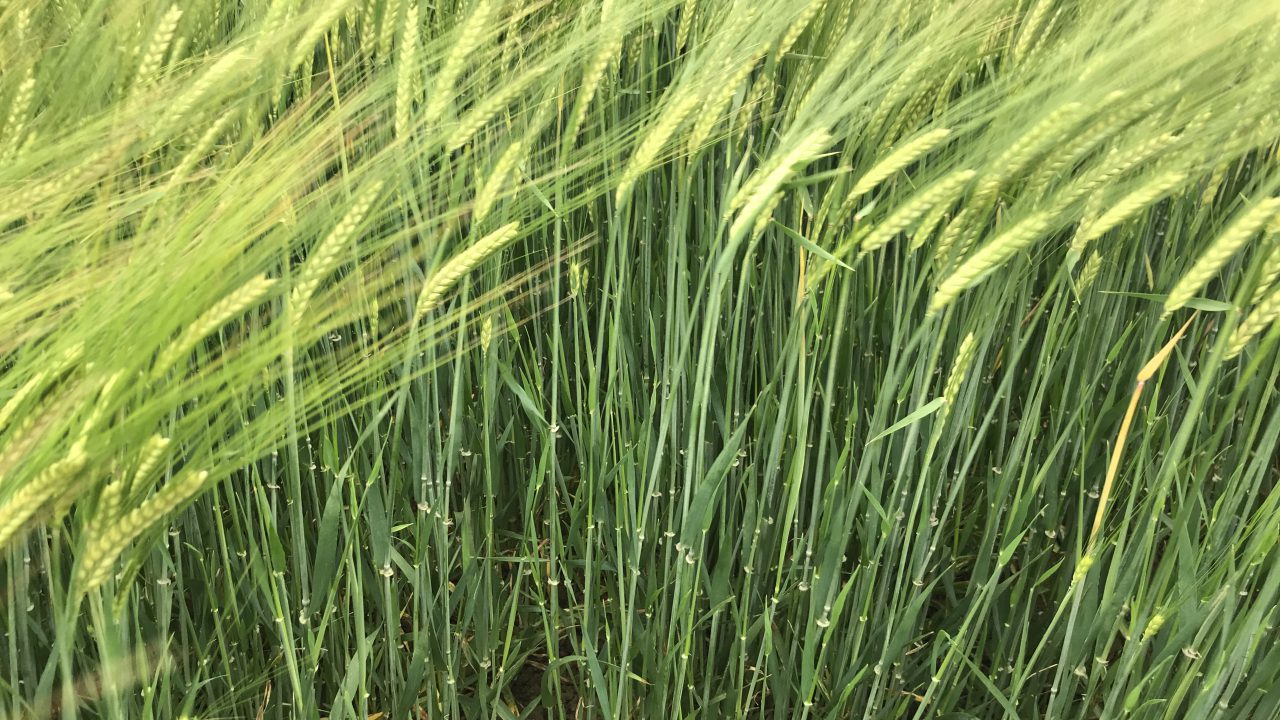Does barley Continue to Expand in Liquid
The impact of liquid nitrogen on malting barley crops

Applying nitrogen in liquid form (liquid N) is fast becoming the option of choice among Ireland's malting barley growers.
The reasons for going down this road were clearly illustrated during an interview with Wexford farmer Don Somers, which featured at this week's Teagasc Malting Barley Conference.
According to Somers, taking this approach allows him to use nitrogen more effectively.
"It also allows for better nutrient uptake within the crop. The technique provides for better plant placement. This is particularly the case on headlands and areas of overlap," he said.
Cost of liquid N
Where costs are concerned, Somers related the investment required on a 'per spray' nozzle basis.
"The cost of the sprayer was very small. It worked out at about €5 per nozzle," he explained.
On a 24-metre sprayer, the total cost worked out at €240. However, there would be a bigger cost if there was a requirement to install a liquid fertiliser storage tank.
Farmers wanting to use a lot of liquid N will be rebated the cost of the tank by their fertiliser suppliers.
On-farm trial
Somers undertook an on-farm trial in 2019 to compare the impact of liquid versus granular nitrogen on a spring malting barley crop. The work compared both yield and grain protein.
The project was set up as an in-field tramline trial. Both the amounts of nitrogen applied to the crop and timings were assessed. The project was undertaken with the guidance of the then Boortmalt agronomist Eoin McDonald.
"We looked at the differential impact of applying 105 and 170 units of nitrogen to the crop, both in granular and in liquid forms," he said.
"We had one application of both granular and liquid fertiliser at sowing. This was repeated when the tramlines become visible and then again about a fortnight later. By then the crop was at the tillering stage.
We wanted to see the impact of the differing nitrogen application options.
"The results we obtained would indicate very little difference in the grain protein levels achieved," McDonald continued:
"Proteins did increase slightly at the higher nitrogen application rate, but we had been expecting this.
"At 105 units we got a more distilling-spec barley. Liquid N fits in best when fertiliser is put out during dry conditions, and this was most certainly the case back in 2019. Granular nitrogen needs rain to allow it wash into the crop."
Weather conditions
This was a point picked up by Don Somers.
"When using liquid N, you are not depending on subsequent rain to get the fertiliser active within the crop," Somers said.
"On a windy day you are not going to be worried about the spread pattern.
Another advantage is the fact that you are not running the risk of applying any nitrogen to hedgerows or areas where you don't want it.
"It is a much more accurate way of spreading fertiliser. It can also be used to apply late nitrogen to advanced crops of winter wheat and oilseed rape," he added.
Potential negatives
Somers listed the potential downsides of applying liquid N as the increased logistics involved; the risk of scorching more mature crops, if conditions get very dry; and the enhanced potential for sprayer erosion.
"I will continue to use liquid N at those times of the year when it delivers the best results. It stands out as the 'go-to' option for malting barley at the tillering stage," he said.
"I also have the advantage of having a product supplier near to me. This means that I do not have to invest in a liquid N storage tank on the farm," he concluded.
Source: https://www.agriland.ie/farming-news/the-impact-of-liquid-nitrogen-on-malting-barley-crops/
0 Response to "Does barley Continue to Expand in Liquid"
Post a Comment